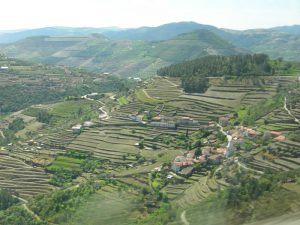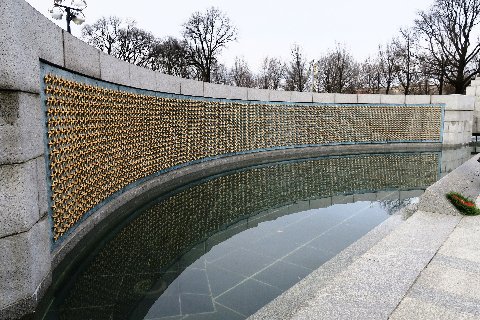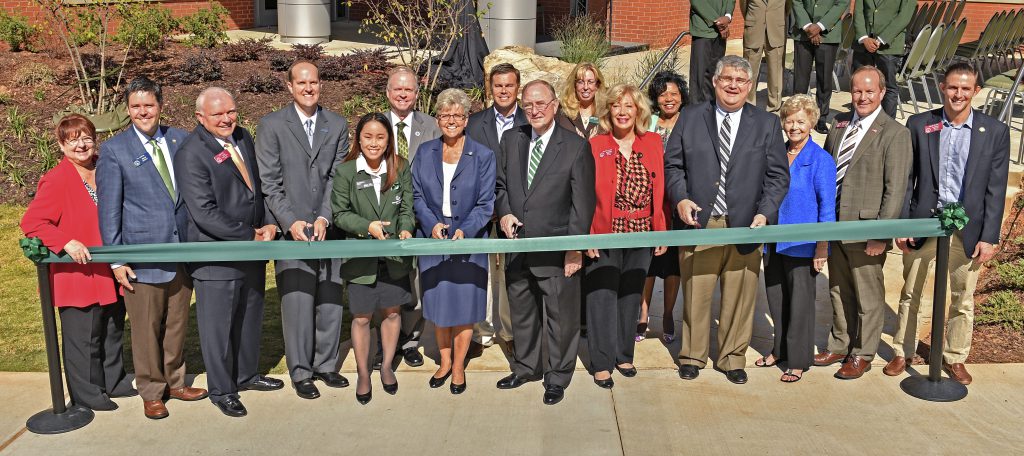Here’s another mystery photo from one of our readers. There are several elements in this photograph that may signal its identity. Send in your thoughts to elliott@brack.net and be sure to include your hometown.
 Though we thought this mystery photo was difficult, some of our regular photo sleuths had no problem with the photo, taken a few years back when enjoying a river cruise. Ruthy Lachman Paul, Norcross, came in immediately, telling us: “The Douro Valley, Portugal. Northern Portugal’s claim as the most beautiful wine region in the world is supported by the grandeur of its landscape and wines. “
Though we thought this mystery photo was difficult, some of our regular photo sleuths had no problem with the photo, taken a few years back when enjoying a river cruise. Ruthy Lachman Paul, Norcross, came in immediately, telling us: “The Douro Valley, Portugal. Northern Portugal’s claim as the most beautiful wine region in the world is supported by the grandeur of its landscape and wines. “
Bob Foreman, of Grayson writes; “I usually do not bother with landscapes because a photo like this could be almost anywhere in Europe. It could be wine growing country in Italy, Spain, France or even an eastern European country. However, you have had a lot of photos from Portugal lately and so I am going with Portugal. I do not see a city or town in the picture, but the barely visible river may be the Douro River.”
Dependable George Graf, Palmyra, Va., sends: “Douro River Valley, Portugal. Looks like the photo was taken out the window of a train or possibly a bus. I couldn’t nail down the exact location, but the terrain is unmistakable. I once investigated the vineyard terrain in the Douro Valley during another mystery photo challenge a few years ago.
“There is evidence that viticulture in the Douro Valley dates back to the times of the Romans. During the Medieval period, wine was primarily produced for use in mass at monasteries, and the horizontal areas of the terraces were reserved for cultivating grain and corn. Vines were planted in the apertures of the terrace walls (pilheros). Vineyards did not expand until the mid-18th century, when the English began to seek them out for wine production.
“Port (wine) first appeared around 1670. The addition of brandy to the wine, facilitated storage and this way the wine survived the voyage to England without harm. The strong demand for port wine in England led to an overproduction in the mid-18th century, which was accompanied by a price collapse and a lesser reputation for port wine. To remedy this development, a system of origin control and regional classification (the world’s first!) was introduced in 1756. Heavy granite blocks, as they are found throughout the Douro region, were used for the demarcation of the best winegrowing sites.”
Another spotter was Tom McIntosh of of Lawrenceville.
LAGNIAPPEMore progress at GGC to accommodate growing student body
Georgia Gwinnett College held a ribbon-cutting ceremony this week to celebrate the completion of the 54,300-sq. ft. third phase of its academic Building C. The project doubled the size of the existing building, and includes classrooms, faculty offices, a technology help desk and an expanded Academic Enhancement Center, which provides a variety of tutoring services to students. The building addition was needed to serve the college’s expanding enrollment of about 12,000. Shown are Gwinnett County Commission Chairman Charlotte Nash, Senator P.K. Martin IV, Rep. Tom Rice, Balfour Beatty Construction Vice President Mike Macon, GGC Student Government Association President Tammy Lu, GGC President Staś Preczewski, Lawrenceville Mayor Judy Jordan Johnson, GGC Associate Vice President for Facilities Frank Covington, University System of Georgia Chancellor Hank Huckaby, GGC Vice President of Business and Finance Laura Maxwell, Rep. Valarie Clark, GGC Senior Adviser to the President Dr. Lois C. Richardson, Rep. Joyce Chandler, Rep. Buzz Brockway and Rep. David Clark.











Follow Us